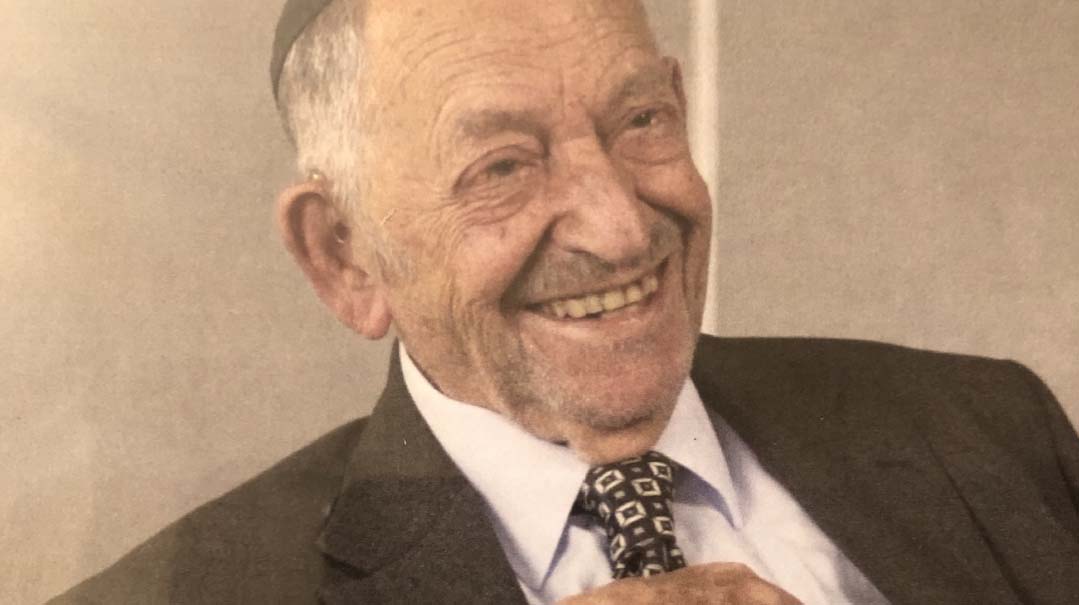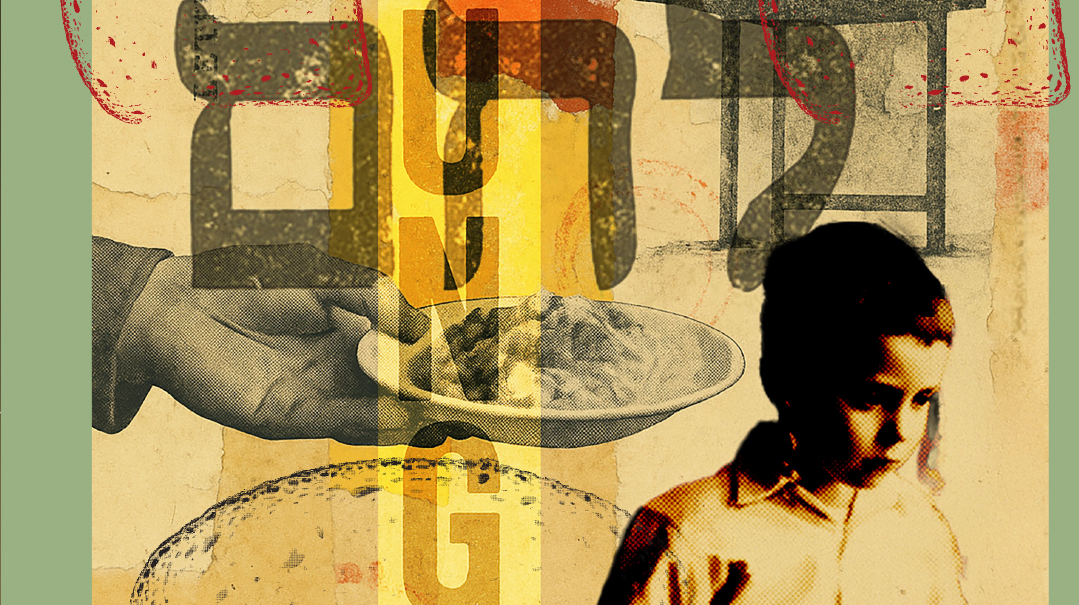Shattered Dreams, Rebuilt Lives
| December 7, 2021I was able to have a sefer Torah written, as I had intended when I witnessed its protection on Kristallnacht

When I was a boy growing up in Frankfurt am Main in the 1920s and ‘30s, my family owned a seforim store, and we were also the biggest supplier of arba minim in Germany, selling beautiful esrogim imported from Corfu. Aside from the major kehillos, German Jewry was spread out among close to a thousand small communities in towns and villages all over the country — many outlying towns with just five, ten, or a few dozen Jewish families, and each year after Shavuos, we’d begin sending our brochures to each kehillah. They would order the sets they needed, and by Tishah B’Av, the shipments of esrogim had arrived in Frankfurt and we began to sort them out — we had over 30 people binding the sets. By the time Hitler rose to power in the 1930s, German Jews needed two sets of arba minim — one to use at home and one to leave in shul, so as not to have to walk the streets carrying them and become a target. That was the atmosphere of the early Hitler years in Germany.
Of course, the seforim store was busy all year round, not just before Succos, and my father also published his own edition of the Kitzur Shulchan Aruch. During World War I, my father had served in the Wehrmacht, the German army. During his service he had met many “lands-Yidden” [country Jews] and they’d tell him how lucky he was to live in a large community, “because if you have a sh’eilah, you can ask a rav.” He made a neder at that time that he would have the Kitzur Shulchan Aruch translated into German for the benefit of these Jews in far-flung places. In 1936, he fulfilled his promise by publishing the Kitzur in German. It was available in a series of 12 small pamphlets and was reprinted in Basle after the war.
Back then, I attended the Hirsch Realschule, one of the Jewish schools of Frankfurt. The school building was next to a non-Jewish gymnasium, or high school. When both schools finished around the same time, the non-Jewish students would chase the Yidden and beat them up. I was chased many times — that was just the norm. So at some point we began to finish school a quarter of an hour earlier, giving us a chance to get out of the way before the gymnasium finished.
Stone-throwing was normal too. The Hitlerjugende (Hitler Youth) were untouchable. They used to say that not even their parents dared object or touch them as long as they were wearing their brown uniform shirts — so they would wait to give them a beating until they had gotten into pajamas.
One of the first decrees of the Nazi party once they were in power was to forbid shechitah. So from 1933 until we left Germany, we had no meat, only fish. Of course, no one dared defy the law.
I had my bar mitzvah in 1937 in the IRG shul (the Orthodox Israelitische Religionsgesellschaft) on Friedberger Anlage, founded by Rav Samson Raphael Hirsch. It had seats for 2,000 men and 1,000 women. When you entered the building, there were seven cloakroom attendants on the right hand side and seven on the left to take those 2,000 hats and coats, as the men all changed into their “cylinder” hats, as we called the silk top hats, in the cloakrooms.
The son of Dayan Posen, who later settled in London, had his bar mitzvah there the same week as I did. So the question was, who would receive maftir? The minhag in Frankfurt was that if there were two bar mitzvah boys, they made a lottery by each one opening a sefer at random and comparing the first letter on the page. Well, he won maftir.
Oops! We could not locate your form.







